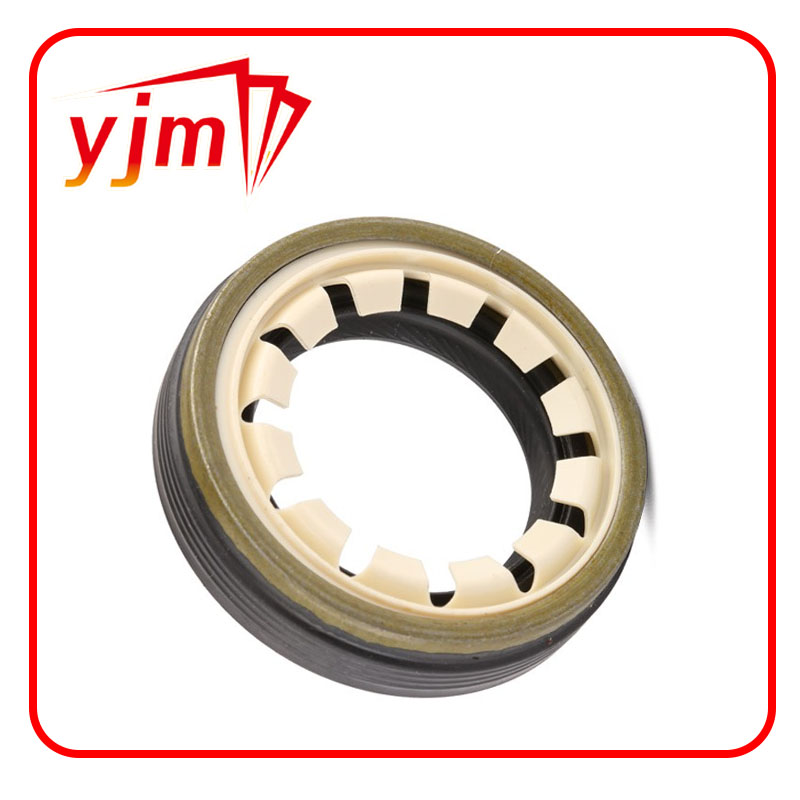Exploring the Differences Between O-Rings and X-Rings for Effective Sealing Solutions
The Importance of O-Rings and X-Rings in Modern Sealing Solutions
Seals are a critical component in various industries, playing a vital role in maintaining the integrity of systems by preventing leaks. Two of the most commonly used types of seals are O-Rings and X-Rings. Though they serve similar purposes, they have distinct features and advantages that make them suitable for different applications. This article explores the significance of O-Rings and X-Rings, their construction, applications, and benefits.
O-Rings The Classic Seal
O-Rings are circular seals made from elastomeric materials, typically shaped like the letter O. They are renowned for their simplicity and versatility. O-Rings can be used to seal static applications as well as dynamic ones, making them suitable for a multitude of environments, from automotive engines to household appliances. Their primary function is to fit into a groove between two parts, creating a barrier that prevents the escape of fluids or gases.
The effective sealing capability of O-Rings is attributed to their compression. When compressed between two surfaces, the O-Ring deforms and fills the gap, effectively blocking the passage of liquids or gases. O-Rings are available in a variety of materials, such as nitrile, silicone, and fluorocarbon, allowing them to withstand different temperatures and chemical environments.
X-Rings The Advanced Alternative
X-Rings, also known as Quad-Rings or double-seal O-Rings, are a slightly more advanced version of O-Rings. Their unique shape, resembling an X, offers certain advantages over traditional O-Rings. The design of X-Rings provides four points of contact with the sealing surface compared to the two points of contact provided by O-Rings. This means that X-Rings can manage higher pressure applications and provide better sealing performance.
o ring x ring

X-Rings are particularly advantageous in hydraulic applications, where they can minimize the risk of leakage. Their cross-section allows for greater resistance to swelling and deformation, which is crucial in high-pressure settings. Moreover, the balanced sealing surface reduces friction in dynamic applications, leading to extended service life and reliability.
Applications and Benefits
Both O-Rings and X-Rings have found extensive use across numerous industries. In the automotive sector, they are utilized in fuel systems, cooling systems, and hydraulic systems. In the aerospace industry, O-Rings are crucial for sealing fuel tanks and other critical components, while X-Rings may be used in hydraulic cylinders and actuators. Additionally, in the pharmaceutical and food industries, O-Rings and X-Rings are employed in mixing machines to ensure sanitary conditions.
The benefits of O-Rings and X-Rings are manifold. First, their reliability in preventing leaks helps to enhance the overall efficiency of systems, reducing the risk of downtime and costly repairs. Second, the availability of various materials allows for customization according to specific environmental conditions, such as temperature extremes and chemical exposure. Finally, both seal types are relatively easy to install and replace, contributing to lower maintenance costs.
Conclusion
In conclusion, O-Rings and X-Rings are indispensable components in modern engineering and manufacturing. Their unique properties suit them for various applications, providing essential sealing capabilities that ensure safety and efficiency. As industries continue to evolve, the demand for reliable sealing solutions will remain paramount, keeping O-Rings and X-Rings at the forefront of sealing technology. Understanding their characteristics and applications is essential for engineers and designers looking to optimize performance and reliability in their systems.
-
Understanding the Importance of the Crankshaft Oil Seal in Engine Performance
News Jun.16,2025
-
The Unsung Heroes of Engine Protection: Understanding Automotive Shaft Seals and Oil Seals
News Jun.16,2025
-
Keeping the Engine Tight: The Role of Crankshaft Seals and Gaskets in Oil Control
News Jun.16,2025
-
Complete Protection in Harsh Conditions: A Deep Dive into Cassette Seals
News Jun.16,2025
-
Choosing the Right Oil Seal: A Guide to Trusted Brands and Suppliers
News Jun.16,2025
-
Advanced Sealing Technologies: Exploring the Range of Modern Oil Seals
News Jun.16,2025
-
Your Essential Guide to Car Repair Kits: From Rust to Dings
News Jun.13,2025
Products categories















